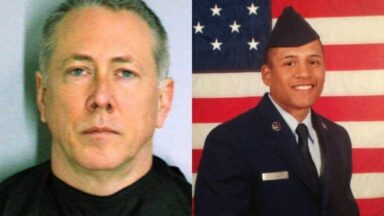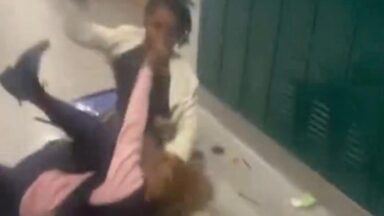The 1921 destruction of Tulsa, Okla.’s “Black Wall Street” district, also known as the “Tulsa Race Riot,” remains one of the most explosive racial incidents of the early 20th Century. Angry white rioters destroyed Tulsa’s Greenwood neighborhood, then considered the most affluent all-Black district in the nation.
The riots were sparked by unconfirmed reports of an assault of a white teenager by a Black man. Dick Rowland, a 19-year-old Black shoe shiner, had an encounter on May 30, 1921 inside the Drexel Building elevator with a 17-year-old white operator named Sarah Page as he was headed to a restroom. A clerk in the building heard screams and alerted police, who launched an investigation.
Although Page did not press charges, the next day, a local newspaper accused Rowland of assaulting Page. Rowland was arrested that afternoon. Whites demanded that the sheriff release Rowland so they could lynch him. When Black citizens on Greenwood Avenue heard word of a potential lynching, they took up arms to defend Rowland from the mob. Around 30 men headed to the Tulsa County courthouse but were ordered home by the sheriff and a Black deputy.
Protests Escalate Again In Hong Kong
Over a thousand white men, angered by the sight of armed Black men, attempted to raid a nearby armory. By nightfall, around 2,000 people were gathered at the courthouse. Another group of 75 armed Black men returned to the courthouse but were again ordered to leave.
By the afternoon of June 1, martial law was declared and thousands of Black citizens fled the city or were detained by armed forces. In a recent study, The Tulsa Race Riot Commission estimated that nearly 300 people died.
Last year, Republican Mayor G.T. Bynum reopened an examination of the race riots, calling it a murder investigation. The Washington Post also recently published a story highlighting the work of scientists and forensic anthropologists who are using updated technology to uncover evidence of mass graves at the Oaklawn Cemetery, which rests near the Greenwood section.



Recent Comments